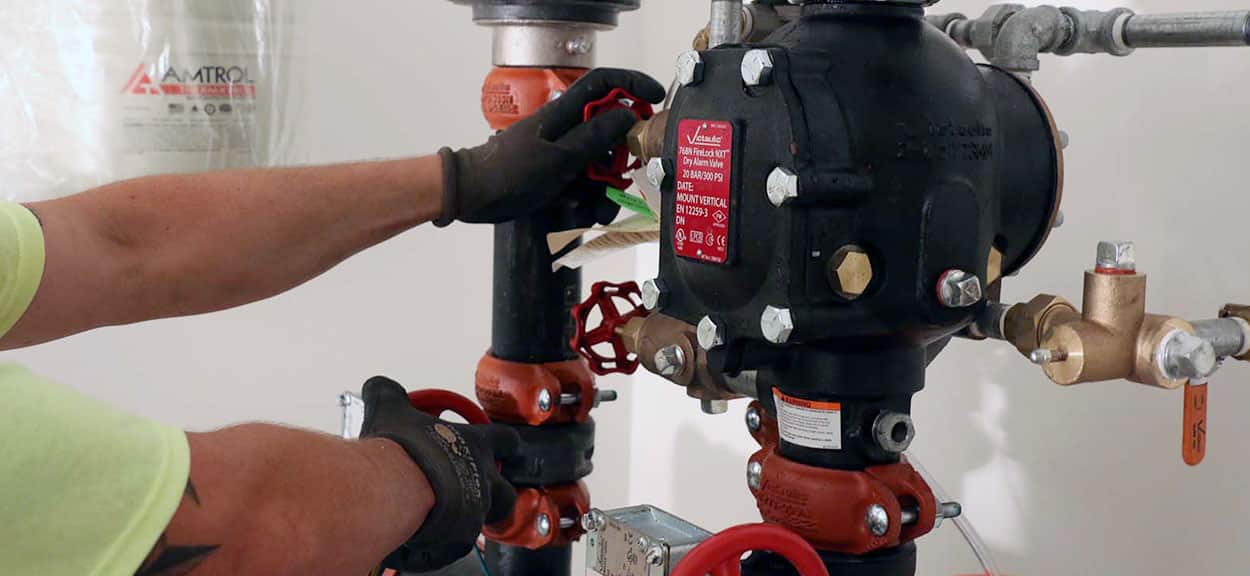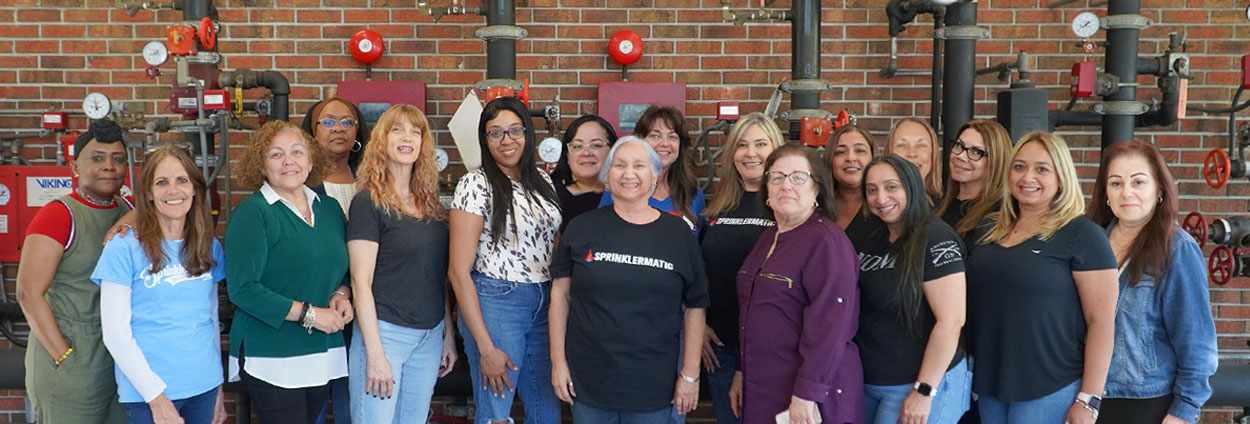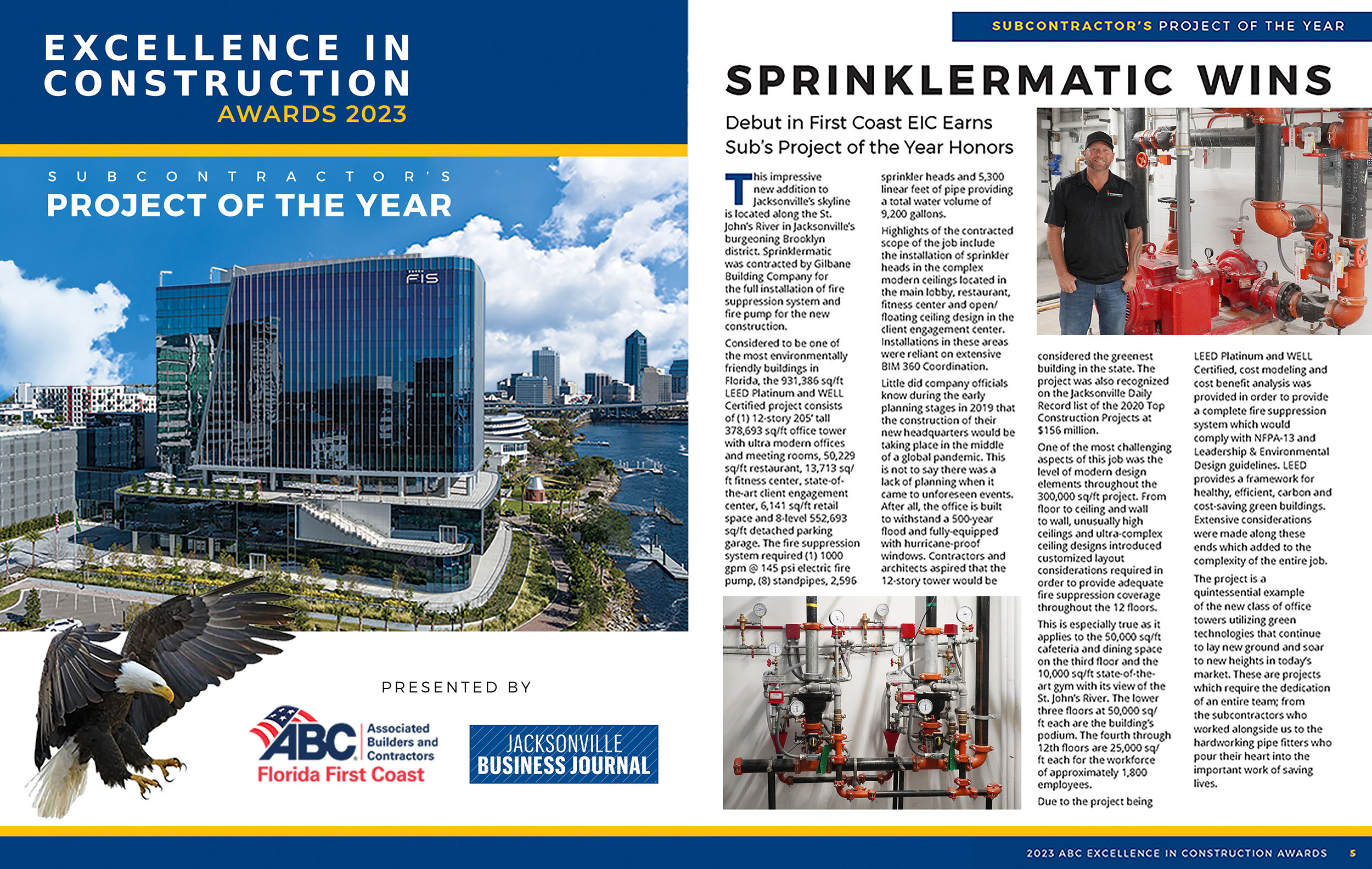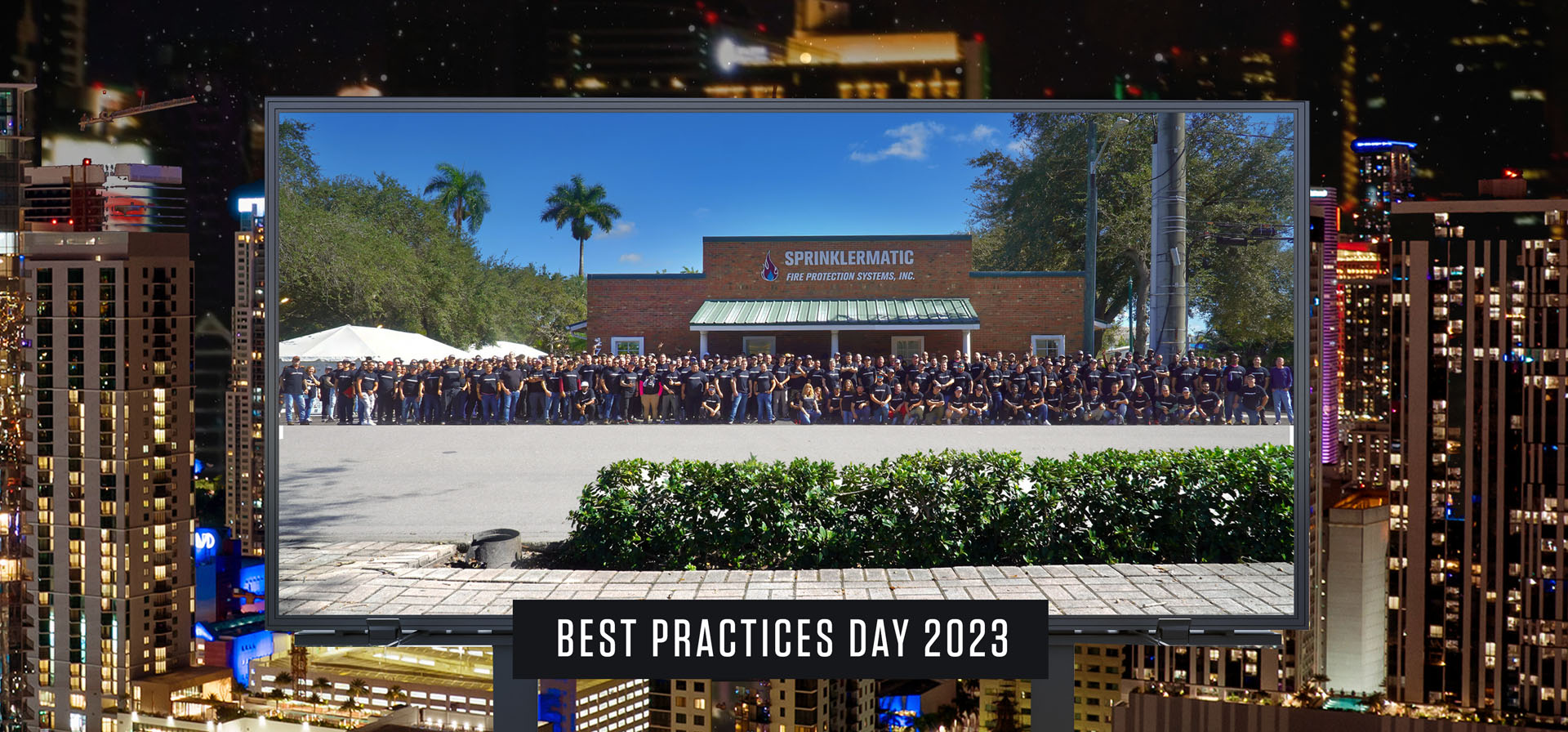5-Year Fire Sprinkler System Inspection
Under NFPA 25 guidelines, there are several frequencies for a fire sprinkler system inspection, testing and maintenance. One of the most important and overlooked inspections is the 5-year fire sprinkler system inspection. This article will touch on key points about the 5-year inspection and why it’s so important. So let’s dive right into the 5-year fire sprinkler system inspection, test and maintenance.
We must first note who is responsible for the 5-year fire sprinkler system inspection. The building owner or the owner’s representative have the responsibility for the inspection. They are also responsible for accessibility to the building and fire sprinkler components.
There are several different types of fire sprinkler system. Each type of system has different requirements for inspection, testing, and maintenance. What we need to determine first is what type of system is in the building. A qualified fire sprinkler contractor can do that for you. Once you know what type of sprinkler system you have, the inspection requirements can be laid out.
We must also note that the building owner must keep all records of fire sprinkler inspection, testing, and maintenance. These records will inform the qualified fire sprinkler contractor of the type of inspection and services needed.
Fire Sprinkler System Components. How They Relate to the 5-Year Fire Sprinkler System Inspection
There are 4 types of fire sprinkler systems: wet, dry, pre-action and deluge systems. These system have several similar components that need a 5-year fire sprinkler system inspection, testing and maintenance.
Gauges
You should replace gauges every 5 years or test them in comparison to a calibrated gauge. In general, it is more cost effective to change the gauges every five years.

Fire Sprinklers
Another common component are the sprinklers. In a fire sprinkler system inspection, we test the sprinklers exposed to harsh conditions and replace them where needed. A qualified contractor can determine these environments.
Sprinklers that need testing and sometimes replacing:
- Solder-type sprinklers with a temperature rating of 325 exposed to ambient temperatures. Test a sample sprinkler to determine if they still function as they should.
- Sprinklers in service for more than 75 years. Test a sample sprinkler to determine whether they need replacing or not. In general it is more cost effective to replace such old fire sprinklers.
Private Service Water Main
A private service water main provides water for your fire sprinkler system. It can be underground or exposed piping. Every 5 years, you should perform a flow test on your water main. This test will determine the condition of the piping. A licensed contractor will perform a flow test on a hydrant. They will check the a main drain and the hose and fire department connection condition. They will compare results to previous testing and the original one. This way they’ll investigate deterioration of water demand. This testing will determine if the private service water main provides the correct amount of water for your system.
Water Storage Tank
If a storage tank provides water for your system, the 5 year requirements are as follows.
- Unless you have a non-corrosive protection tank in which case a 3 year internal inspection is required by the standard.
- Every 5 years you should inspect the interior of the water storage tank.
- It is not necessary to drain the entire tank
- NFPA 25 allows certified commercial divers or remote video as an alternative means.
During this 5 year inspection, the inspector will look for signs of pitting and corrosion. He will also check the tank coating, pin holes, cracks and wall thickness. The tanks that are ring type foundation sand in the middle are inspected for voids beneath the floor.
The inspector will check the heating system piping and components. He will also inspect the anti-vortex plate for deterioration or blockage. This inspection identifies failure points or weakened areas of the tank. The level indicators are also tested every 5 years. This test ensures this component works as intended and your tank has the correct water levels. Failure of this can cause a tank to over flow or you may have an empty tank at some point.
Mainline Strainer (if applicable)
If your system has one, the inspection team will remove and inspect it for damage and corroded parts. This can affect the flow of demanding water for your water protection system.
The neglect of these items can be damaging and costly. But most of all, it causes your fire protection system to be completely compromised.
Valves
All systems equipped with alarm valves need a 5-year inspection. The inspector will verify the operation of the clapper and the valve seat. He will also look for corrosion or obstruction materials. Any foreign materials can clog up the system, not allowing to function as it should. The inspector will also make sure there is no re-pressurizing of areas where it is not needed. Or the system doesn’t release pressure where it is needed.
The inspector will also test pressure reducing, pressure relief, and fire hose valves. This test ensures the system is not over pressurized or under pressurized. This testing information shows if the system is receiving the designed pressure.
Obstruction Investigation
One of the most important parts of a 5 year inspection is the obstruction investigation. This investigation consist of the piping and branch line. The inspector will open a flushing connection at the end of one main. He will also remove a sprinkler towards the end of one branch line. The reason for this inspection is to detect the presence of foreign materials.
MIC (Microbiologically Influenced Corrosion)
The presence of MIC in piping is a serious problem. MIC creates leaks, pin-hole leaks and spreads throughout the entire system. Other common foreign materials are zebra mussels, rust, work gloves and scales. Zebra mussels are present in systems with a natural water supply such as lakes and rivers.
To Conclude
The 5-year fire sprinkler s ystem inspection is important for the performance of your fire protection system. Sprinklermatic inspectors know the importance of the NFPA 25 standard. We also know how neglected components of a system can impair its performance. If a 5-year inspection is not performed, it can cost loss of lives and property damage.





